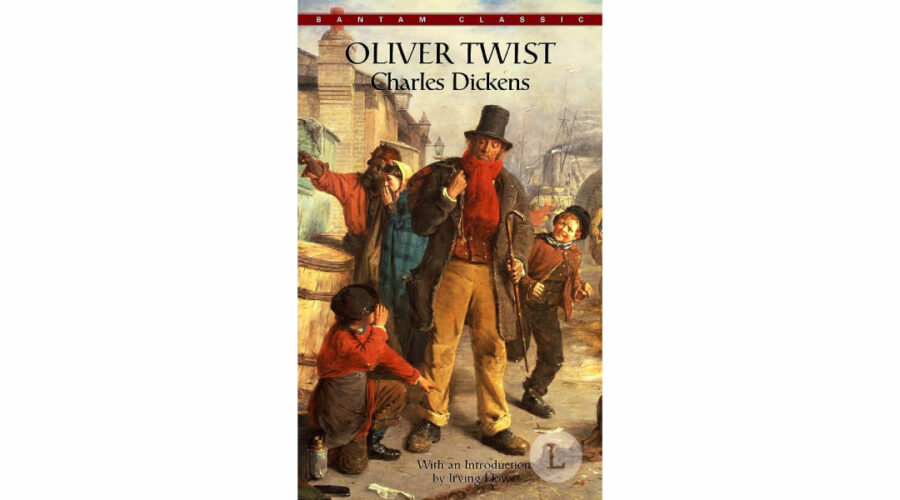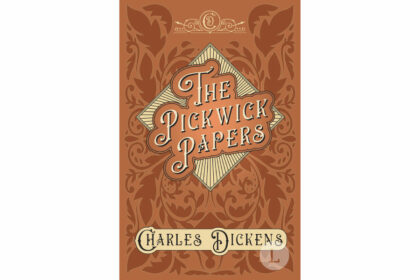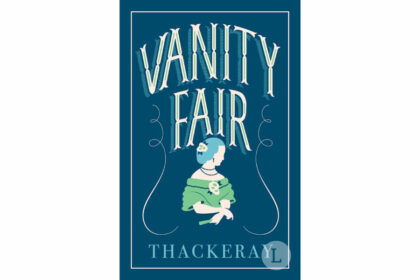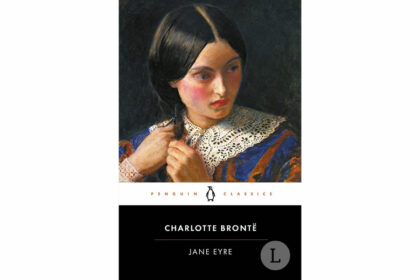Oliver Twist is a novel written by Charles Dickens, first published as a serial between 1837 and 1839. It is one of Dickens’ most famous works, and its story of hardship, criminality, and the struggle for a better life in …
Charles Dickens: Oliver Twist







